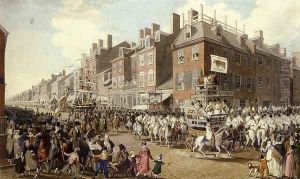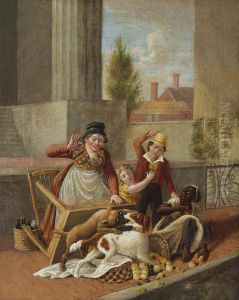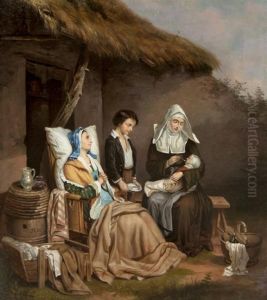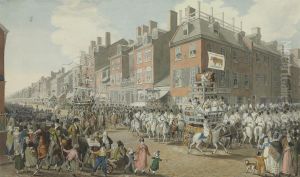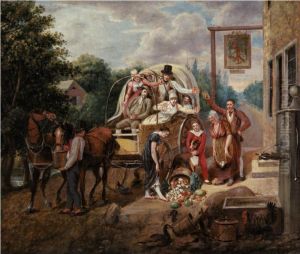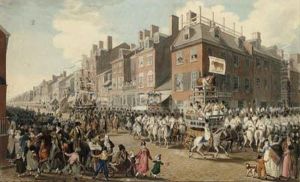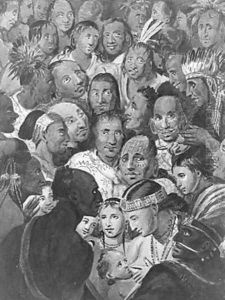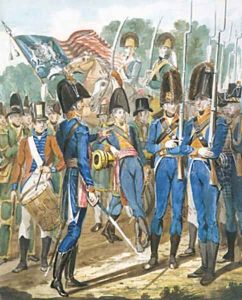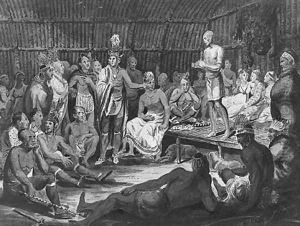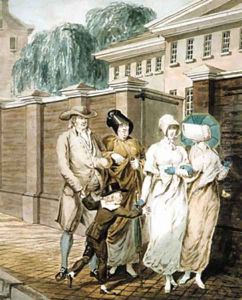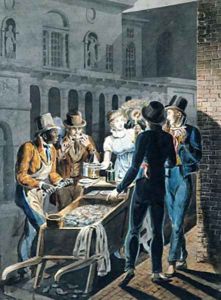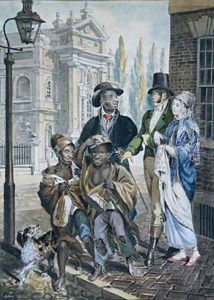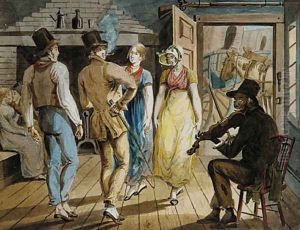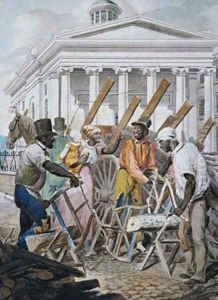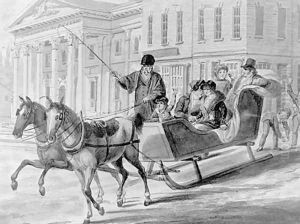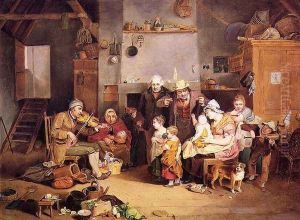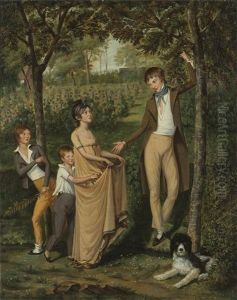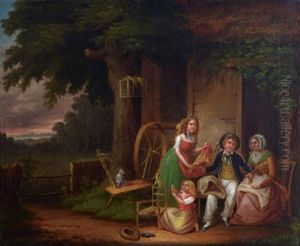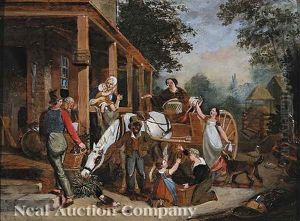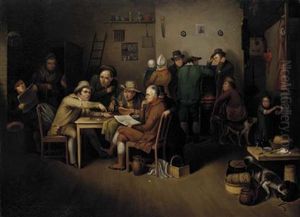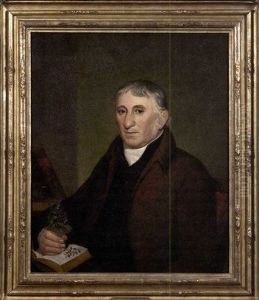John Lewis Krimmel Paintings
John Lewis Krimmel, also known as Johann Ludwig Krimmel, was an American painter often hailed as America's first genre painter. Born on May 30, 1786, in Ebingen, Württemberg, Germany, Krimmel emigrated to the United States in 1809, settling in Philadelphia, which was then a vibrant hub for artists and intellectuals. His decision to move was partly influenced by the desire for greater artistic freedom and the opportunity to capture the essence of the burgeoning American society through his art.
Krimmel's work predominantly focused on scenes of everyday life in early 19th-century America, making him a pioneer in the genre painting tradition in the United States. Unlike the historical and portrait paintings that were popular at the time, Krimmel's paintings depicted ordinary people engaged in common activities, offering a window into the social fabric of his adopted country. His keen observation of life and meticulous detail in portraying street scenes, public events, and social gatherings highlighted the democratic spirit and cultural diversity of early American life.
Among Krimmel's most celebrated works are 'Fourth of July in Centre Square' and 'Pepper-Pot: A Scene in the Philadelphia Market'. These paintings are notable for their vibrant portrayal of American life, characterized by a lively and crowded composition. Krimmel's skill in capturing the dynamic interaction between people of various social and ethnic backgrounds made his work deeply significant in the context of American art history.
Tragically, Krimmel's promising career was cut short when he drowned in a swimming accident in Germantown, Pennsylvania, in 1821, at the age of 35. Despite his brief career, Krimmel's contribution to American art is profound. His pioneering approach to genre painting opened new pathways for American artists, influencing future generations to explore themes of everyday life and the American experience. Today, Krimmel's work is celebrated for its historical value and artistic merit, offering insight into the early 19th-century American society and the emergence of a uniquely American artistic identity.
